Particularly when it comes to passenger services, the Boeing 747 is rapidly disappearing from the air after five decades of dominance. As we wave goodbye to the Queen of the Skies, we feel it's a good time to look back at the history of the aircraft, including its cost.
The 747 was truly a pioneer. It was the first-ever commercial widebody jet and opened up doors across the whole travel industry. Pan American leader Juan Trippe wanted an efficient way to place 400 passengers on one aircraft. Initially, he felt the best route would be to stack two single-aisle cabins on top of each other. Boeing's engineers came up with the widebody solution with a partial second deck.
However, in 1968, the program cost was already at $1 billion. This figure may not seem like a lot, but today, the cost would be equivalent to approximately $7.61 billion. The initial 747 rolled out of Boeing's assembly line in Everett at the end of September, and the type conducted its first flight on February 9th, 1969.
Photo: Eduard Marmet via Wikimedia Commons
The 747 was formed to optimize seat-per-mile and ton-per-mile income. It brought another golden age of air travel as the 1970s got underway.
As Northwestern University’s Transportation Library puts it:
"With increased capacity and lowered costs, the 747 helped make the air travel experience accessible to middle-class travelers. Spacious interiors with luxury appointments and enhanced in-flight dining and entertainment experiences, available to first-class and economy passengers alike, served as marketing tools for the airlines that operated the 747. The jumbo jet came to occupy a permanent place in the popular imagination around the world and remains, decades later, a symbol that represents the glamour of air travel in a bygone age.”
A return flight between New York and London was retailing for approximately $550 in 1970. This is $5,350 with inflation.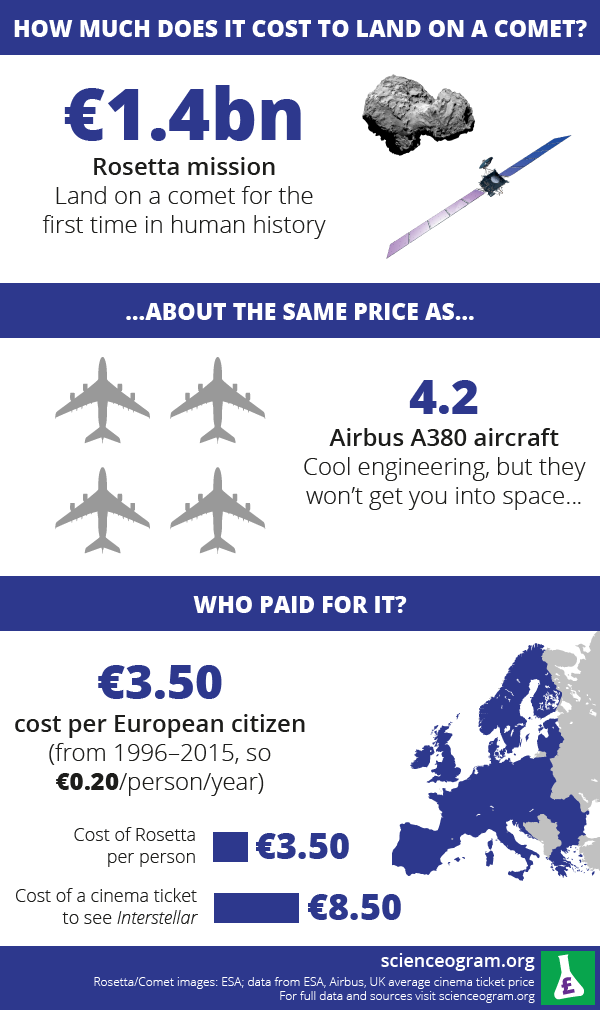 So, the higher business costs were backed by higher ticket prices to balance operations. Overall, flying was more expensive across the board during this period. Regardless, long-haul rates were generally higher pre-jumbo.
So, the higher business costs were backed by higher ticket prices to balance operations. Overall, flying was more expensive across the board during this period. Regardless, long-haul rates were generally higher pre-jumbo.
With Pan Am's management heavily involved in the launch of the project, the carrier naturally became the first to introduce the plane. In April 1966, Pan Am placed an order for 25 Boeing 747-100s. The total cost of this order was $525 million (~$4 billion today). So, Boeing was already halfway to matching the cost of the program with this invoice alone. Each unit would have worked out to cost approximately $21 million (~$160 million today).
Photo: Getty Images
The -400 was introduced in February 1989 with Northwest Airlines and is one of the most recognized variants of the series. This model brought advancements such as increased range and wingtip extensions, which improved fuel efficiency by 4%. The model ushered in a new era for the jumbo series, becoming a staple on long-haul missions for the likes of Virgin Atlantic and British Airways.
The model ushered in a new era for the jumbo series, becoming a staple on long-haul missions for the likes of Virgin Atlantic and British Airways.
According to TopSpeed, the price of the aircraft was up to $58.5million. Moreover, Aircraft Compare notes that the plane was going for around $266.5 million in 2007.
Photo: Getty Images
The -400 is still in the skies today, with companies such as cargo specialists putting the plane to good use. However, the variant isn't in production anymore. Therefore, if a carrier wanted to purchase one, they would have to look for a pre-owned unit.
The average price for a used -400, factoring in a loan to cover it, is approximately $16 million. Furthermore, an analysis last year found that active -400s are worth as little as around $5 million. These figures are just a fraction of the price of what a new unit once was. Still, leasing is a standard answer in the modern era.
It might look like a bargain to own your own historic aircraft. However, it's crucial to remember the cost of deploying this juggernaut. Aircraft Cost Calculator shares that for 450 hours of flying a year, total fixed costs can amount to $851,244, and total variable costs can reach $7,812,774. So, within a few years, the cost of running the plane would swiftly exceed the purchase price. This is a core reason why so few airlines deploy the type for passenger operations.
However, it's crucial to remember the cost of deploying this juggernaut. Aircraft Cost Calculator shares that for 450 hours of flying a year, total fixed costs can amount to $851,244, and total variable costs can reach $7,812,774. So, within a few years, the cost of running the plane would swiftly exceed the purchase price. This is a core reason why so few airlines deploy the type for passenger operations.
Photo: Getty Images
The 747-8 is the final monarch in the family. The 747-8F entered service 11 years ago this month, and the 747-8I followed the next summer. Despite only around a decade since handovers began, the final delivery within the program will soon occur. Pre-pandemic, a single 747-8 Intercontinental had cost $418.4 million. Meanwhile, the freighter variant was for sale for $419.2 million per unit. Comparing the cost of the initial 747-100, the price of the 747-8 is lower after taking inflation into account. Yet, the plane's success is a shadow of its predecessors.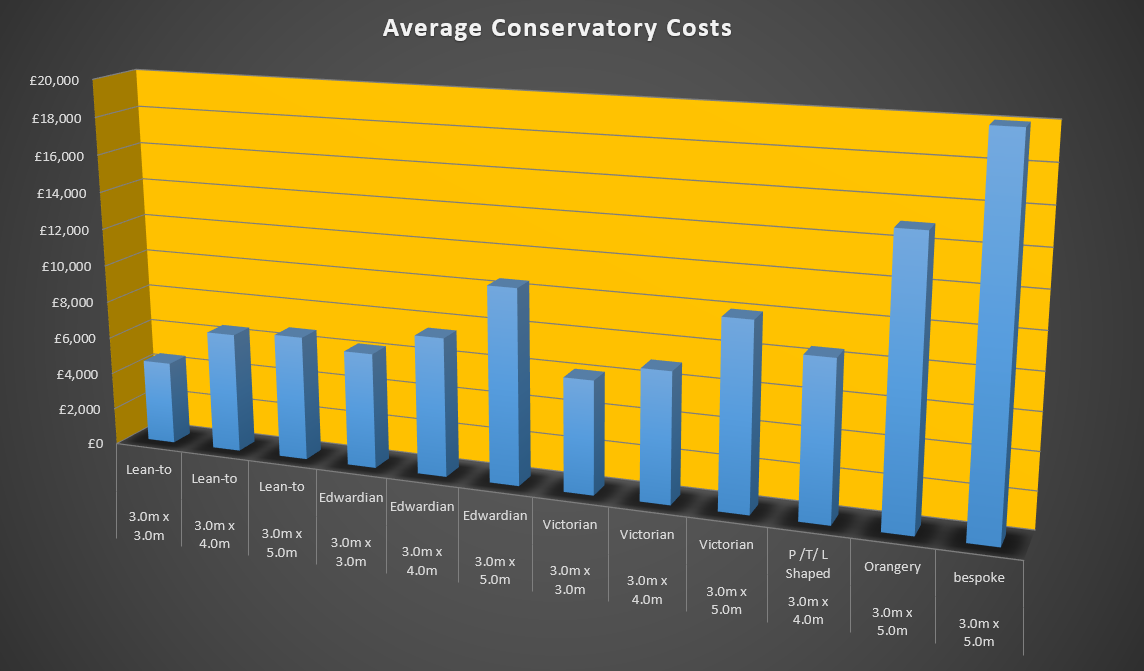
The 747 isn't the only four-engine widebody that is being phased out by airlines. The Airbus A380 is also being retired rapidly across the globe. During the superjumbo's production, it had a list price of $445.6 million.
Price, inevitably, became a significant factor in the downfall of both quadjets. It wasn't the value of the airframe that started to deter operators but the cost of running such a behemoth.
Looking at fuel efficiency alone, the 787 Dreamliner uses five tonnes of fuel an hour compared to the 747-400's 10 tonnes. The usage is half of that of the jumbo, which would mean significant cost savings, especially in the current sensitive climate. With modern, efficient alternatives on the market, it's not a surprise that airlines simply began to look at other options.
Speaking of the Dreamliner, the 2019 list price for the range was between $248 million and $338 million. All in all, after taking inflation into account, it was far more expensive to get hands on a widebody in the mid-to-late 20th century than it is today.
Ironically, low cost was a phenomenon that came with the advent of the 747. Packing in hundreds of passengers on a single flight allowed airlines to lower prices and open up new opportunities across the industry. Nonetheless, with 52 years passing since the aircraft's introduction, it's now a whole new universe within aviation, and the conditions are ever-changing.
What are your thoughts about the cost of the Boeing 747 throughout the decades? Which types have you flown on over the years? Let us know what you think of the aircraft and its history in the comment section.
Sources: TopSpeed; Aircraft Compare; Aircraft Cost Calculator; Northwestern University’s Transportation Library
By
Owen Bellwood
Comments (168)Alerts
We may earn a commission from links on this page.
Let’s get this party started. Photo: Cotswold Airport
We’re always told that one of the best ways to cut our impact on the environment is to reduce, reuse, recycle. So, when British Airways began retiring its aging fleet of Boeing 747s, one eco-minded events manager saw an opportunity to do their bit and reuse an old plane as an events space.
That’s right, party planners, wedding organizers or anyone else looking for a good time can now rent a retired 747 to host their get together.
Private airfield Cotswold Airport in the south of England purchased the aging British Airways Boeing 747 in October 2020 for just £1 ($1.30). At that time, the plane had been retired from service by British Airways after 26 years in the air.
When it rolled onto the runway for the final time, the plane was decorated in the Negus livery, which British Airways used between 1970 and 1980. It had been repainted in these colors to mark the airline’s centenary.
In the 14 months since the 747 arrived at Cotswold Airport, the economy section of the plane has been stripped out to make space for a plush new events space.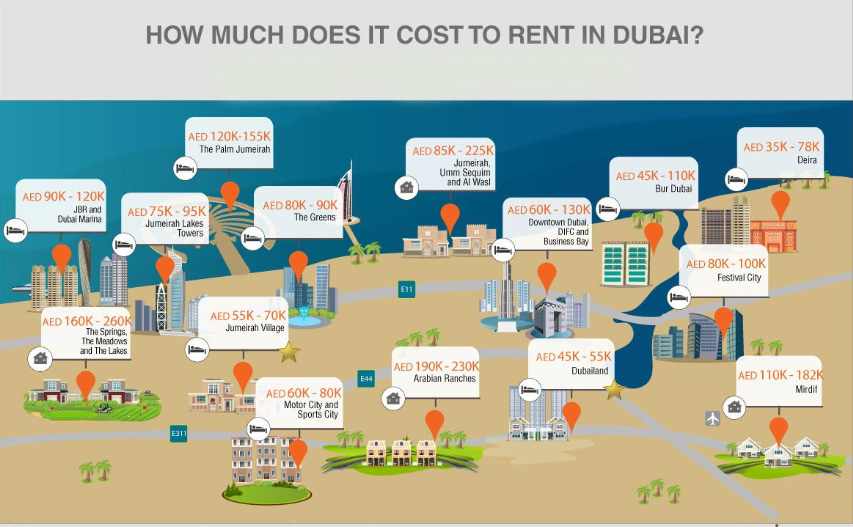 The plane’s old galley has also been reworked into a bar, while the cockpit and first class area remain untouched.
The plane’s old galley has also been reworked into a bar, while the cockpit and first class area remain untouched.
Looks nice, just don’t ask about the loos. Photo: @negus747 / Cotswold Airport
The process was overseen by Suzannah Harvey, chief executive of Cotswold Airport, who also personally chose the Negus craft as the perfect plane for the job.
But, despite paying just $1.30 for the retired 747, the costs of preparing it for its new life as an Instagrammer’s paradise have piled up.
According to CNN Travel:
“The makeover has cost nearly £500,000 ($671,000). However, Harvey points out that around £200,000 ($268,000) of that was spent on putting in a new concrete pad, and £80,000 ($107,000) on rewiring costs.”
To recoup some of these costs, renting the space won’t come cheap.
CNN Travel reports that the party plane can be booked out for $1,300 an hour, or for weddings the airport will charge £12,000 ($16,000) for 24-hours. The airport says this will allow for setup and breakdown times.
The airport says this will allow for setup and breakdown times.
Despite those sky-high fees, the airport still has one challenge to overcome before it can start renting the plane out to prospective clients.
Harvey told CNN Travel that as the plane’s toilets were designed to work at altitude and under pressure, they don’t function on the ground. So punters will have to make do with “posh loo units” for the next “six months or so.”
And, if retired commercial tech tickles your fancy, you can also hit the open waves in a vintage transportation ship transformed into a luxury yacht.
The life cycle of any equipment is limited and ends with decommissioning. This also applies to aircraft. Thousands of aircraft are operated and produced every year in the world, which means that some of the aircraft at some point forever become chained to the ground.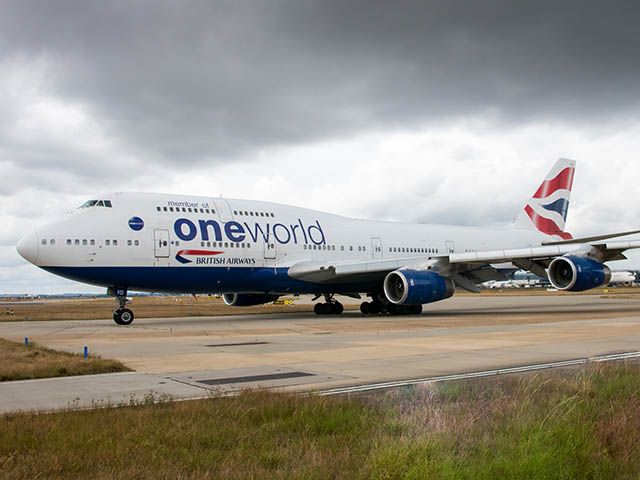 What happens to them next? There are several options.
What happens to them next? There are several options.
Disposal
Recycling is the most commonly used mechanism to end an aircraft's flying career. Aircraft can be sent for cutting in the desert at the aircraft graveyard, or everything is done right at the airport.
The whole process is complex. This is not a simple cutting of the fuselage and wing, because any decommissioned aircraft often has a whole range of valuable equipment that can be used in the future.
Igor Lesiv was directly involved in the recycling of several aircraft at the Boryspil airport. Here is how he describes the process:
To begin with, a site for disposal is being prepared, which must meet safety and environmental standards. After that, they begin to dismantle the equipment that can be used on other aircraft, if these units still have a resource.
Decommissioned Tu-154 after dismantling the interior and windows. Photo: avianews.com The initial dismantling usually takes place in the hangar, then the aircraft is rolled out to a special area where the dismantling is completed.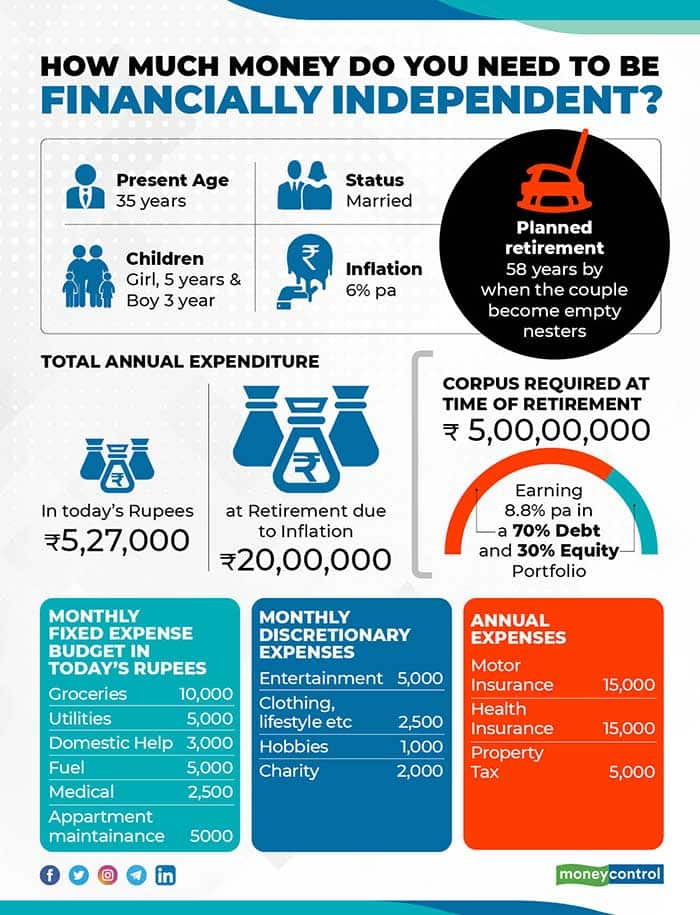 Next, proceed to the cutting of the aircraft for scrap. Usually cutting takes place with petrol cutters, the aircraft is cut into pieces.
Next, proceed to the cutting of the aircraft for scrap. Usually cutting takes place with petrol cutters, the aircraft is cut into pieces.
After cutting, aluminum scrap is taken to the enterprise, where it is remelted. Ferrous metals are also sold for scrap. The remains of the skin, plastic are recycled.
When cutting, aviation enthusiasts can contact, who ask to give them some parts of the aircraft, and sometimes whole pieces of the wing or the pilot's cabin. After the complete disposal of the aircraft, the site is removed from residual debris.
Boeing 737 in the process of being scrapped. Photo: Igor LesivWhich parts of a decommissioned aircraft can be reused?
For example, chairs or motors. Officially, the engines are not part of the aircraft, but always go separately, and even in the customs declaration they are indicated separately. During the life of an aircraft, which can be several decades, the engines are constantly changing, so it may be that a decommissioned airliner will have engines with a resource.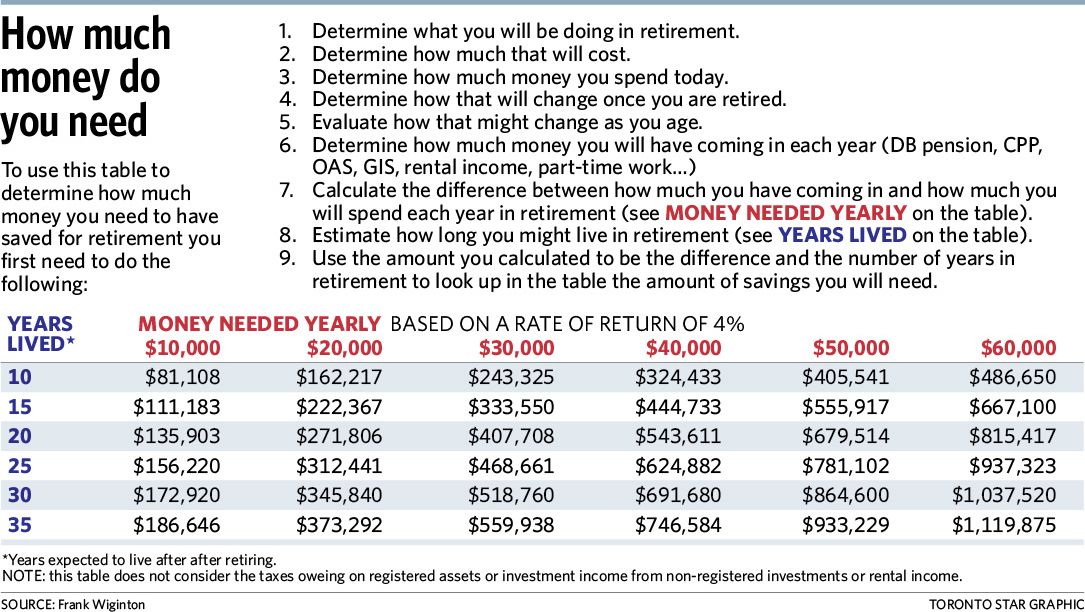 Then they can be sold or installed on another aircraft in the airline's fleet.
Then they can be sold or installed on another aircraft in the airline's fleet.
By the way, elements of the decommissioned Airbus A340-600 airline Lufthansa launched furniture - several dozen coffee tables, shelves for alcohol and 35,000 key fobs. So even not all aluminum can be sent for remelting.
Museum exhibit
Particularly valuable specimens, for example, the first prototype of some type of aircraft, the first production aircraft, most often end up in museums. For example, in the National Aviation Museum in Zhuliany you can see the first experimental Il-86, the second experimental/first serial Il-18, the first serial Tu-104, and the pre-production Tu-134. Also in the exposition of the museum there is a Tu-134, which carried Ukrainian presidents and prime ministers.
Tu-134 GAP "Ukraine" UR-65782. Photo: avianews.com Airbus A320 US Airways, which in 2009 landed on the Hudson River in New York, also decided to save for history.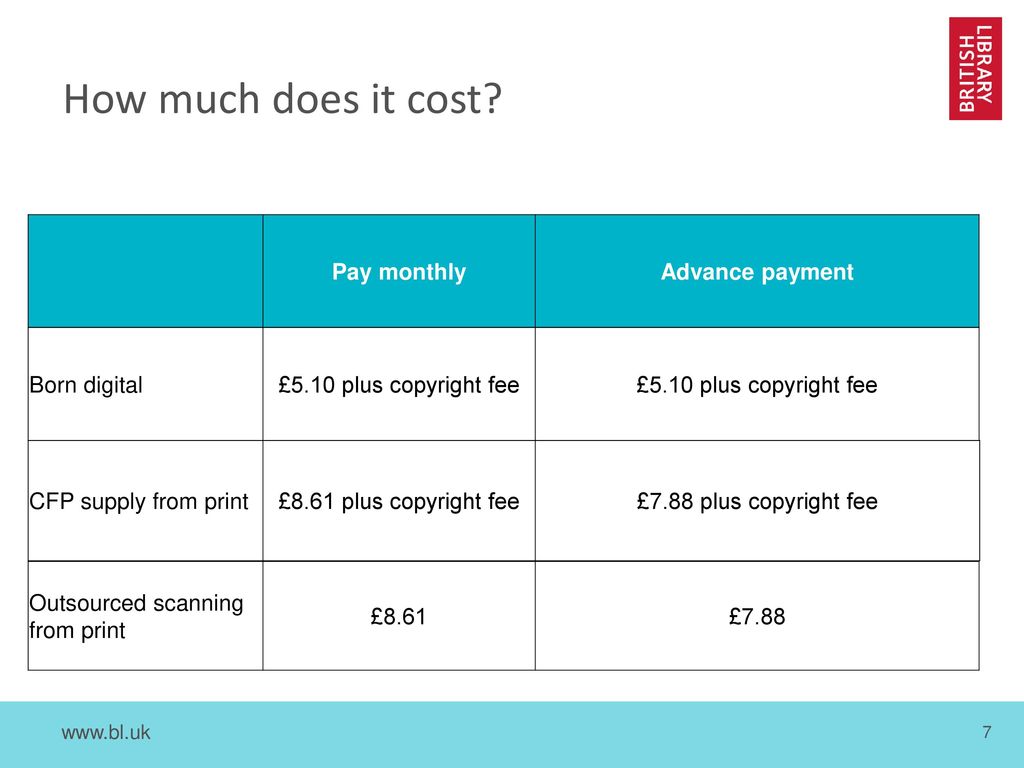 It was raised from the river, and after completing all the procedures as part of the investigation of the incident, it was handed over to the Aviation Museum in the city of Charlotte, where the plane was originally heading on departure from LaGuardia Airport.
It was raised from the river, and after completing all the procedures as part of the investigation of the incident, it was handed over to the Aviation Museum in the city of Charlotte, where the plane was originally heading on departure from LaGuardia Airport.
Cafes
Decommissioned aircraft can become decorations for cafes and restaurants. Near Kyiv, on the 57th kilometer of the Kyiv-Zhytomyr highway, on the territory of the Yellow Plane restaurant and entertainment complex, there is a real Yak-40. Visitors to the complex can visit the cabin and cockpit of the aircraft for free.
Yak-40 in the Yellow Plane restaurant and entertainment complex near Kyiv. Photo from the institution's page facebook.com/chargenjoy However, in addition to the decorative function, decommissioned airliners can also perform functional ones. For example, an aircraft cabin can be a smoking room, as is the case with the Il-14T in the Runway34 restaurant near the Zurich airport runway, or it can be a full-fledged restaurant hall where meals are served, as is the case with the Boeing 737 in the Chinese city of Wuhan.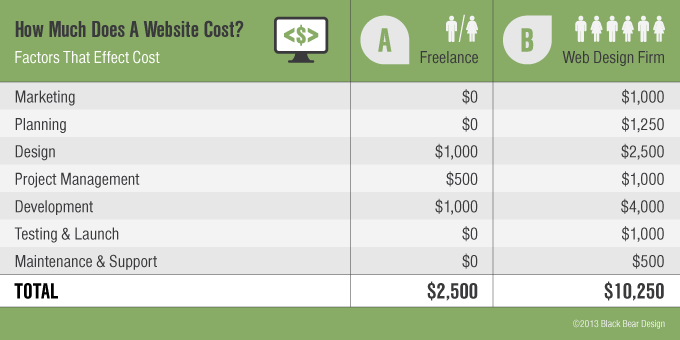
Kindergarten
The owner of a private kindergarten in the Georgian city of Rustavi bought a decommissioned Yak-40 from Georgian Airways and turned it into a classroom for children. Work on creating a new interior took several months.
The cabin of the plane was turned into a study room, and the cockpit was kept in its original form so that children could turn the steering wheel or numerous toggle switches.
Hostel or home
Today's passenger jets have hundreds of square meters of cabin space, making them suitable for housing. This was done in Sweden, where a Jumbo Stay hostel, located near the capital's Arlanda Airport, was made from a decommissioned 2-deck Boeing 747-200.
Cabins of various levels of comfort, a cafe-bar and a conference room were organized on board. One of the most expensive rooms is located on the second deck in the cockpit. But those who want to save money can stay in a cabin installed under the wing in place of the engines.
Number in the cockpit of the Boeing 747 Jumbo Stay. Photo: Anton Titov, itravel.livejournal.comBut in the US, electrical engineer Bruce Campbell from Oregon turned a decommissioned Greek Boeing 727-200 aircraft into a country residence. After completing work in Greece, in 1999, the Boeing 727-200 flew from Athens to Oregon, where it was taken to its site in Campbell Forest.
The aircraft has a living area, a shower room and a kitchen, but the interior can be called ascetic. For example, a stationary toilet is used as a restroom, installed in an aircraft at the Boeing factory back in 1969 year.
For example, a stationary toilet is used as a restroom, installed in an aircraft at the Boeing factory back in 1969 year.
As an entrance to the residence, the aviation enthusiast left a stationary ladder in the tail section of the aircraft. It was also used at one time for boarding / disembarking passengers.
Do you have questions about the aviation industry? Write them in the comments, and we will prepare an answer in the following publications after consultations with experts. Previous answer: How airlines determine the time of departure and arrival of aircraft flights
State Concern "Ukroboronprom" announced the sale of An-26 civil aviation aircraft at an auction in the Prozorro.Sales system. Airliners were produced in 1977, 1982 and 1986, the starting price is UAH 777,000, UAH 5.95 million and UAH 3.98 million, respectively.
Although all three aircraft will not be able to fly without major repairs, there are many options for their use on the ground.
The older generation of residents of Kyiv and Krivoy Rog, for example, can remember watching cartoons in the An-10 converted into a children's cinema. But they have not survived to this day. Therefore, this idea can be safely adopted. What else can be created on the basis of old aircraft?
Parks and restaurants
Aircraft often find their final resting place not in a scrap metal cemetery, but in open-air museums, like the Aviation Museum in Kyiv, for example. There are several museums in the UK and the US where you can still see the Anglo-French supersonic passenger Concorde, which has not flown commercially for over 15 years.
A decommissioned aircraft could become the theme park's main attraction. So, for example, they used an old Boeing 767 in Ireland. He was delivered to a new place of residence by barge by sea. And this in itself was an attraction for residents of adjacent cities.
He was delivered to a new place of residence by barge by sea. And this in itself was an attraction for residents of adjacent cities.
And in the small town of Taupo in New Zealand is the world's only McDonald's plane. This is an American short-haul transport aircraft Douglas DC-3, assembled back in 1943. He served in military aviation for a long time. Now attracts the attention of children and tourists.
Not far from the Zurich airport, an old Soviet aircraft Il-14 received a second life. It became the centerpiece of the themed restaurant Runway 34. The main concept of the establishment is travel and aviation.
Hotels and houses
An airplane can also make a comfortable hotel. This is confirmed by examples from different countries.
In Costa Rica, a 1965 Boeing 727 has been turned into a Costa Verde hotel with stunning ocean views and cozy interiors. The plane had two bedrooms, a living room, a small kitchen, a dining room, a bathroom and a balcony. The hotel lures tourists with an unusual view of an airplane in the tropics.
The hotel lures tourists with an unusual view of an airplane in the tropics.
And in Stockholm, the Jumbo Hostel hostel successfully operates and welcomes guests, accommodating 85 guests. Its basis is the Boeing 747 wide-body jet liner. Most tourists are attracted by the suite located in the cockpit.
An old IL-18 has become a hotel at the Teuge airport in the Netherlands. It has only one room, but deluxe class - with a jacuzzi, a bedroom and a hall. The owners did not even change the control cabin, they kept the steering wheel in it for those who wish to try on the role of a pilot.
A resident of the USA turned an old Boeing 727-200 into his own house in the forest. He left most of the instruments, adapting the equipment of the aircraft to everyday life. I made a reading room in the cockpit, added a shower in the toilet, and a microwave in the kitchen. Everything is like in an ordinary house, only on the plane.
And a kindergarten and even a lamp
In the Georgian city of Rustavi, a decommissioned Soviet Yak-42 has become a kindergarten. The author of the idea bought the plane from the airline and equipped it as a space for children to play and learn. Even the cockpit is involved: in it, kids can press a lot of buttons and pretend to be pilots.
The author of the idea bought the plane from the airline and equipped it as a space for children to play and learn. Even the cockpit is involved: in it, kids can press a lot of buttons and pretend to be pilots.
There are also cases when airplanes find their second life not on the ground, but on the water. On the southeast coast of Florida (USA), a Boeing 307 Stratoliner turned from an aircraft into a Cosmic Muffin pleasure boat. The owner of the device restored the damaged interior and kept the maximum of what could be from the aircraft.
The original way to use the plane was invented in Turkey. There, a decommissioned Airbus 300 jet was sunk in the Aegean Sea to attract diving enthusiasts to the region. An underwater giant - the length of the wings is 44 m, the entire body is 54 m - like a magnet for underwater flora and fauna. This place has become very popular among divers.
But the most unusual method was invented by the French designer Paul Koudami.